A few years back, Google released a time-lapse feature in Google Earth that let you see change through satellite imagery. They updated the feature last week. It’s more detailed and higher resolution than the first version, based on the pixels from about five million images.
We took the best of all those pixels to create 33 images of the entire planet, one for each year. We then encoded these new 3.95 terapixel global images into just over 25,000,000 overlapping multi-resolution video tiles, made interactively explorable by Carnegie Mellon CREATE Lab’s Time Machine library, a technology for creating and viewing zoomable and pannable timelapses over space and time.
Pretty cool to see my own neighborhood develop into what it is today.
Update: See also The New York Times’ take on some of the water bodies around the world, using the same data.



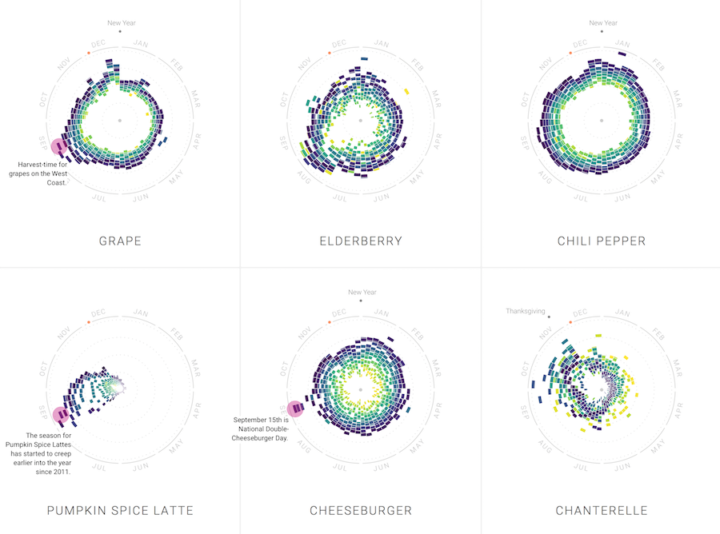
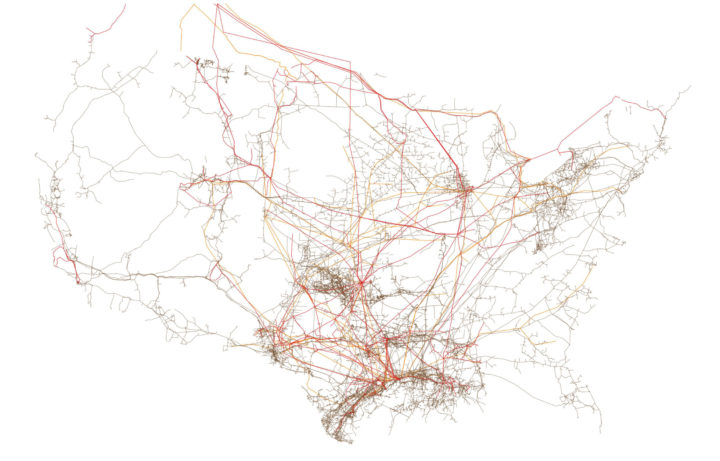

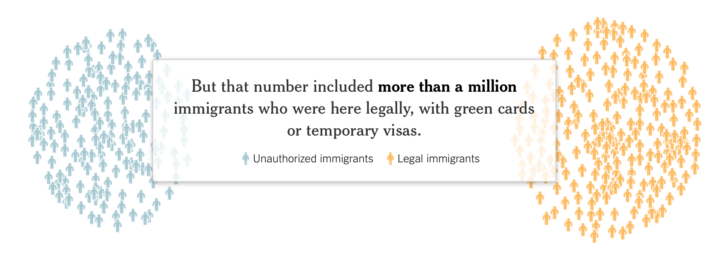
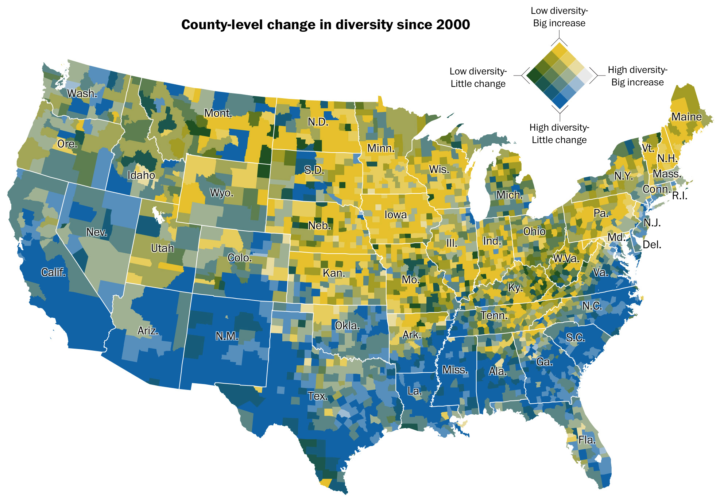


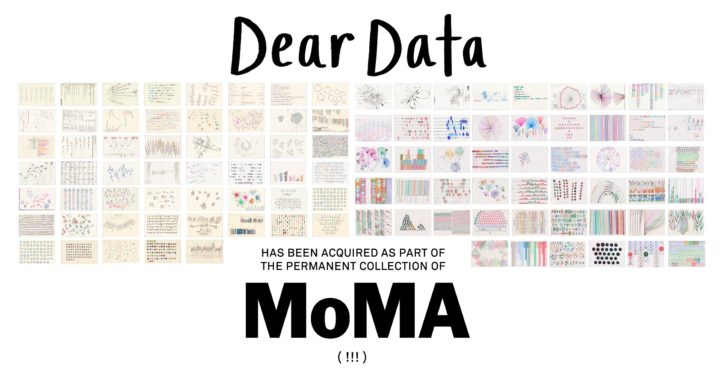


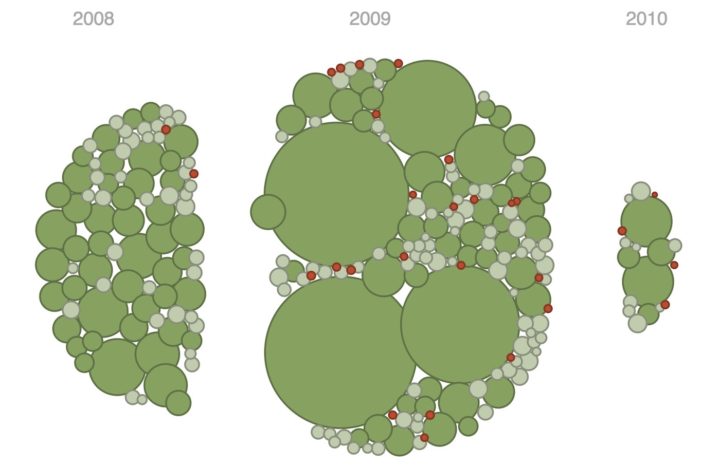
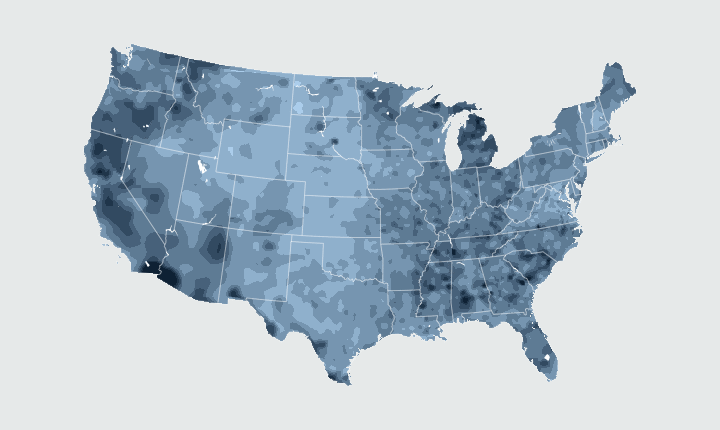
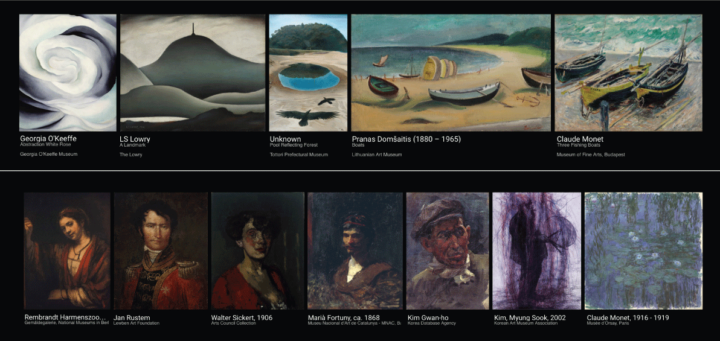

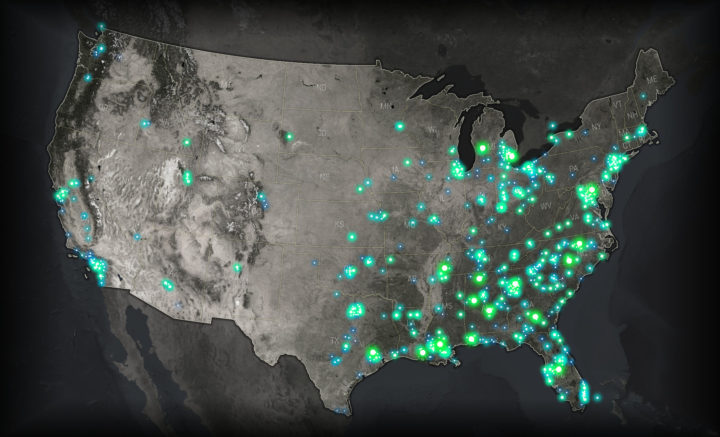
 Visualize This: The FlowingData Guide to Design, Visualization, and Statistics (2nd Edition)
Visualize This: The FlowingData Guide to Design, Visualization, and Statistics (2nd Edition)










